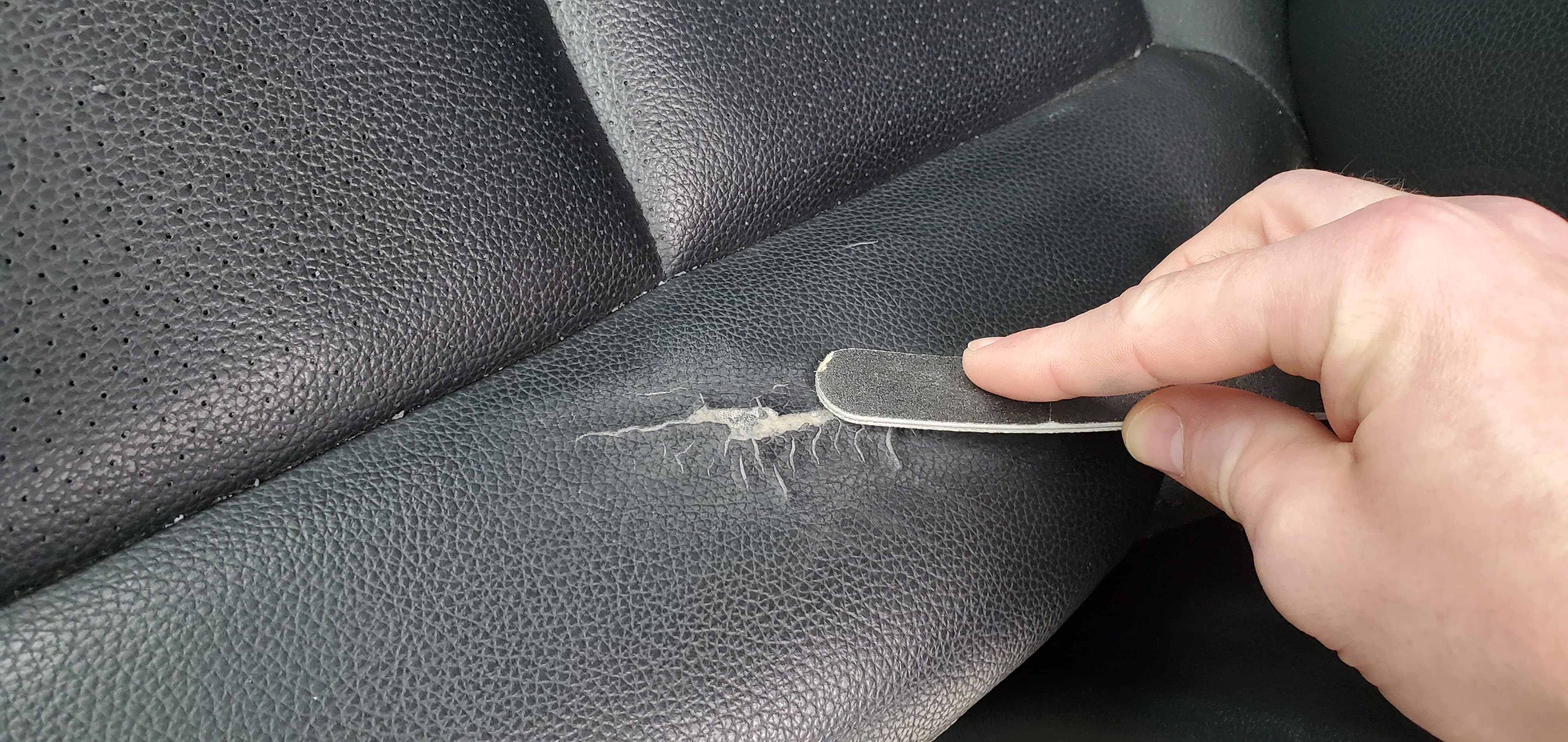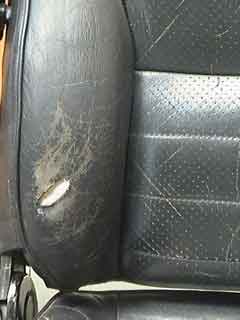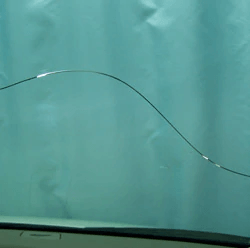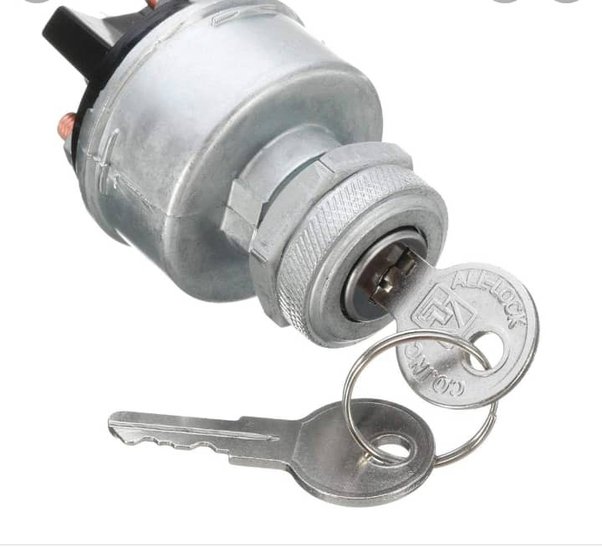Can Leather Car Seats Be Repaired
Yes, leather car seats can be repaired. Minor tears, scratches, and fade can often be restored or patched.
Luxurious and stylish, leather car seats are a prominent feature in many vehicles, enhancing the driving experience with their comfort and durability. Despite their resilience, leather seats can fall victim to wear and tear over time, leading to aesthetic and functional issues.
Seeking a repair can revitalize your vehicle’s interior, extending the life of your car seats and maintaining the vehicle’s value. With professional services and DIY kits available, fixing damaged leather is a practical approach to keeping your car’s interior looking its best. Repair techniques vary based on the damage’s extent, allowing for both minor touch-ups and significant refurbishments.

Credit: m.youtube.com
Leather Car Seats And Durability
Leather car seats offer a premium look and feel to your vehicle’s interior. They represent a blend of style, comfort, and durability. But like all materials, leather has a lifespan and can show signs of wear and tear. Repairs can bring seats back to life, enhancing your car’s value and appeal.
The Lifespan Of Leather Seats
Quality leather car seats are built to last. With right care, they can look great for years. Regular cleaning and conditioning play a key role in longevity. Protection from sunlight also helps extend their life.
- New car leather seats: Typically last 5-10 years
- Well-maintained leather seats: Can last much beyond 10 years
Common Causes Of Wear And Tear
Different factors contribute to leather seat damage. Being aware helps in prevention and timely repair.
| Cause of Damage | Examples |
|---|---|
| Physical Wear | Getting in and out, sharp objects |
| Climate Effects | Sunlight exposure, temperature extremes |
| Spills and Stains | Drinks, food, oil |
| Chemical Damage | Inappropriate cleaners, conditioners |
Repair specialists can fix scratches, tears, and color fading. Regular maintenance ensures long-lasting, attractive seats.

Credit: www.tearmender.com
Types Of Leather Seat Damage
Love your car but noticing some wear and tear on those sleek leather seats? Don’t worry—many types of leather seat damage can indeed be brought back to life. From minor scratches to more significant tears, learn how each issue can be addressed. This knowledge is your first step towards restoration.
Surface Scratches And Scuffs
Leather seats, while durable, are not immune to daily use’s little mishaps. Surface scratches and scuffs are common but typically the easiest to fix.
- Use a leather conditioner to minimize visibility.
- Apply a dye matched to your leather for deeper scuffs.
Tears And Punctures
Accidents happen, and sharp objects can lead to tears and punctures. These require more attention but are fixable.
- Clean the affected area thoroughly.
- Apply a sub-patch material under the tear.
- Seal it with a quality leather adhesive.
Fading And Discoloration
Over time, leather can lose its luster. Fading and discoloration often occur due to sun exposure or frequent use.
Treatment varies based on severity but may include:
- Special leather pigments to restore color.
- Protective creams that prevent future fading.
Cracking And Peeling
Cracking and peeling leather signals dryness, often due to lack of conditioning.
- Use a hydrating leather conditioner regularly.
- For severe cases, a leather filler and recoloring may be necessary.
Assessing The Damage
Leather car seats add a touch of luxury to any vehicle, enhancing the overall driving experience. Over time, these seats might show signs of wear and tear. Understanding whether these leather treasures can return to their former glory is crucial. So, how do you assess the damage?
When To Repair Vs. Replace
Leather seats show various signs of damage: small cracks, large tears, or discoloration. Deciding when to repair or replace depends on the extent. Let’s lay out some clear signs:
- Repair if the damage is small like minor cracks or scratches.
- Replace when there’s extensive damage that compromises the leather integrity.
The Role Of Professional Assessments
A professional assessment makes a difference in the repair process. Experienced technicians consider factors beyond the surface. They look at:
| Assessment Area | Details Checked |
|---|---|
| Leather Quality | Type, condition, and durability of the leather. |
| Degree of Damage | Depth and area covered by cracks, tears, or holes. |
| Color Match | Possibility of color restoration. |
| Cost | Comparing repair expenses with the cost of new seats. |
A thorough assessment ensures the most effective repair. Trust the experts to advise whether a fix or full replacement is necessary, saving both time and money.

Credit: wecanfixthat.com
Diy Versus Professional Repair
Style, comfort, and durability make leather car seats a premium choice for automobile interiors. Over time, wear and tear can take its toll, leaving you pondering whether to attempt a DIY repair or call in professional help. Understanding the difference between the two can save time, money, and extend the life of your leather seats.
Pros And Cons Of Diy Repair
Embarking on a DIY repair journey can be both rewarding and economical. Here are some pros:
- Immediate action: Start as soon as you notice a problem
- Cost-effective: Saves money on labor costs
- Satisfaction: Personal pride in fixing your own car
However, DIY also bears cons to consider:
- Limited skills: May lack professional expertise
- Tools: The need to purchase specific repair tools
- Risk: Potential to cause more damage without proper knowledge
What Professionals Can Offer
Professional repair services provide benefits that go beyond the scope of DIY:
- Expertise: Years of experience dealing with leather
- Quality: High-grade materials for lasting repairs
- Guarantee: Often includes a service warranty
Cost Comparison
When judging between DIY repair and professional services, cost plays a crucial role:
| Type of Repair | DIY | Professional |
|---|---|---|
| Materials | $20 – $50 | Included in service |
| Tools | $10 – $100 | Not required |
| Labor | Free (Your time) | $100 – $500+ |
In contrast with DIY, professional repair might seem costly at first but can prevent further damage and may be more cost-effective in the long term.
Leather Seat Repair Techniques
An essential aspect of car maintenance is keeping the interior crisp and comfortable, and leather car seats require special attention. Accidentally scratched, worn, or torn leather seats aren’t the end of the line. Let’s explore several leather seat repair techniques that can breathe new life into your vehicle’s interior.
Cleaning And Maintenance
Proper leather cleaning is the first step towards preservation. Gently remove dirt using a soft-bristled brush or a microfiber cloth. After dusting, apply a specialized leather cleaner to tackle any stains or spills. Let’s break this down:
- Vacuum to remove loose dirt.
- Apply leather cleaner with a cloth.
- Use a circular motion to clean.
- Dry with a clean microfiber cloth.
Leather Repair Kits
Small scratches and cracks might not require a professional. Leather repair kits are handy. These usually come with a compound, application tools, and colorants. Follow each step attentively:
- Choose a repair kit with matching colorant.
- Clean the area before application.
- Apply compound as directed.
- Blend colorant for seamless finish.
Patchwork And Reupholstering
For more significant damage, patchwork or reupholstering might be necessary. Professionals can seamlessly integrate new pieces of leather, match the color, and restore the original texture. Essential points include:
| Method | Description |
|---|---|
| Patchwork | Adds a new piece of leather over the damaged area |
| Reupholstering | Replaces the entire surface with fresh leather |
Conditioning For Longevity
After repairs, conditioning the leather is crucial for its longevity. A good quality leather conditioner replenishes essential oils, preventing drying and cracking. Regular conditioning maintains the suppleness and richness of the leather.
- Apply conditioner every 3-6 months.
- Use a soft cloth for application.
- Allow it to penetrate before buffing.
Prevention And Maintenance
Leather car seats add a touch of luxury to any vehicle. Keeping them in top condition, however, requires a proactive approach. Let’s explore how to prevent damage and maintain leather seats properly.
Regular Cleaning Tips
Maintaining the pristine condition of leather seats starts with regular cleaning.
- Vacuum gently to remove dirt and dust.
- Use a mild leather cleaner designed for automotive use.
- Damp cloth – wipe the seats without saturating the leather.
- Soft brush can help loosen stubborn dirt in crevices.
- Dry with a microfiber cloth to avoid water marks.
Protecting Leather From The Sun
UV rays can fade and crack leather. Follow these tips to shield your seats:
- Park in the shade whenever possible.
- Use window tinting to block harmful rays.
- Windshield sun protectors are a must when parked in direct sunlight.
Conditioning Schedules
Leather seats need moisture to stay supple. Implement a routine:
- Apply a quality leather conditioner every three months.
- Avoid over-conditioning as it can attract dirt.
Seat Covers For Protection
Seat covers provide an extra layer of defense against wear and tear.
- Select breathable materials to prevent moisture buildup.
- Choose custom-fit covers for a snug, protective layer.
Frequently Asked Questions Of Can Leather Car Seats Be Repaired
Can You Restore Color To Leather Car Seats?
Yes, color restoration of leather car seats is possible. Professional techniques involve cleaning, repairing, and dyeing the leather. This restores the seats’ appearance, making them look close to new.
How Much Does It Cost To Repair Leather Car Seats?
The cost varies depending on damage severity. Minor repairs like small scratches or scuffs might cost between $100 to $300. Extensive repairs, including large tears or full reupholstery, can exceed $600.
Is It Worth Repairing Leather Car Seats?
Absolutely. Repairing leather seats increases vehicle value and aesthetic appeal. It is typically more cost-effective than replacement and can significantly extend the life of the seating.
Are Diy Leather Car Seat Repair Kits Effective?
DIY kits can be effective for minor repairs like small cuts or scratches. They include necessary tools and instructions, making them a budget-friendly option. However, professional repairs are advisable for more serious damage.
Conclusion
Restoring leather car seats is undoubtedly achievable, and often the results can be impressive. Whether tackling minor scratches or more extensive damage, a variety of methods and professional services exist to breathe new life into your vehicle’s interior. Remember, timely repairs can maintain both appearance and value, ensuring your car remains comfortable and stylish for years to come.






